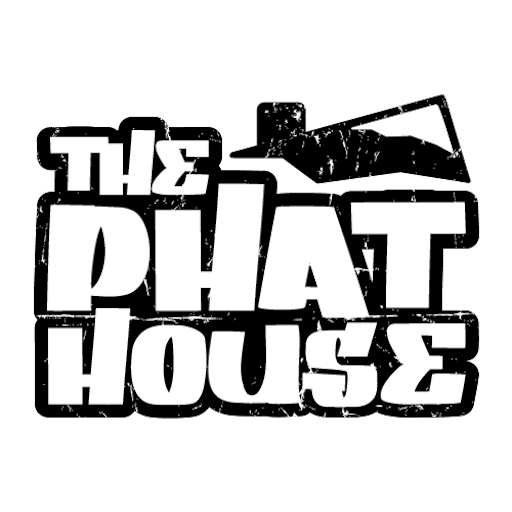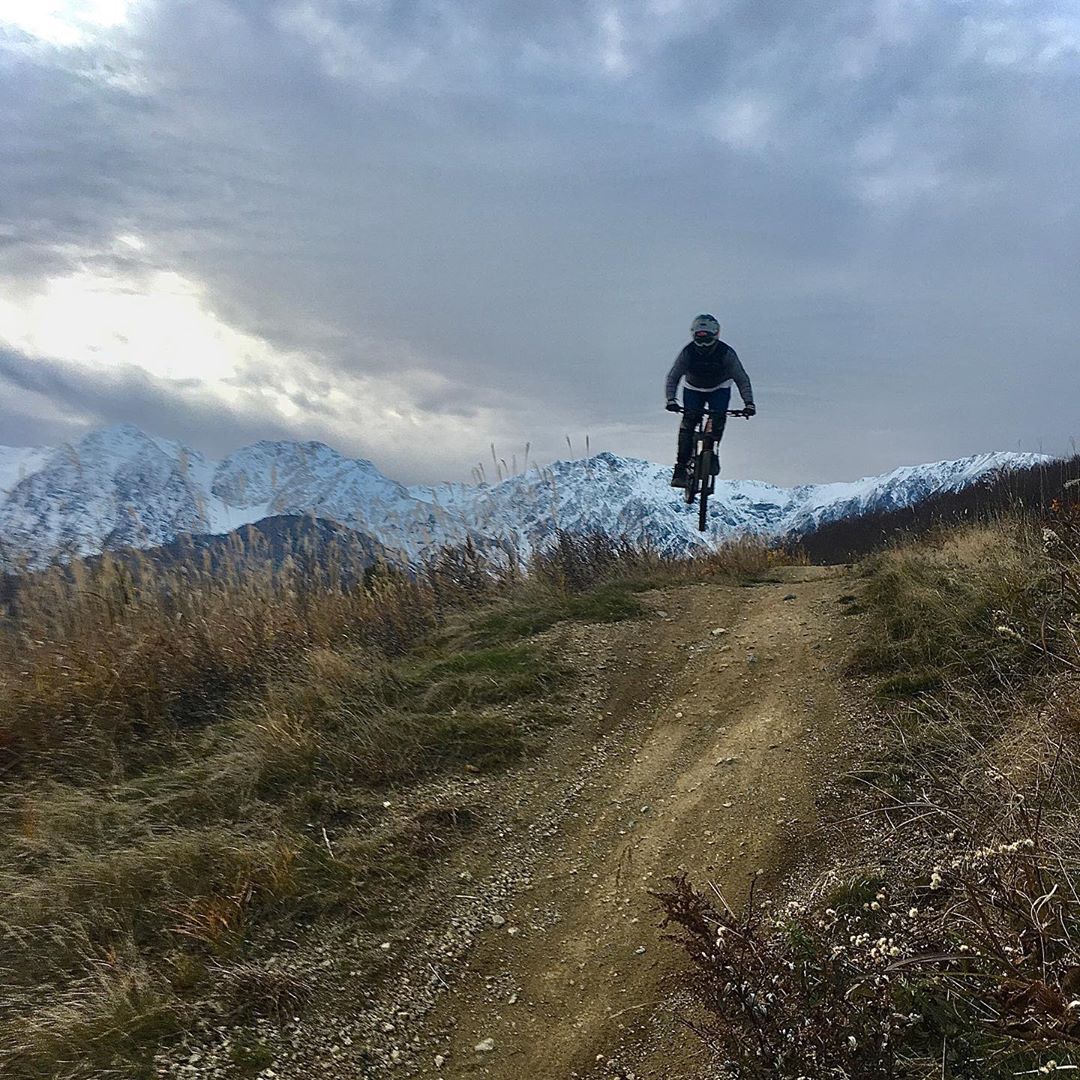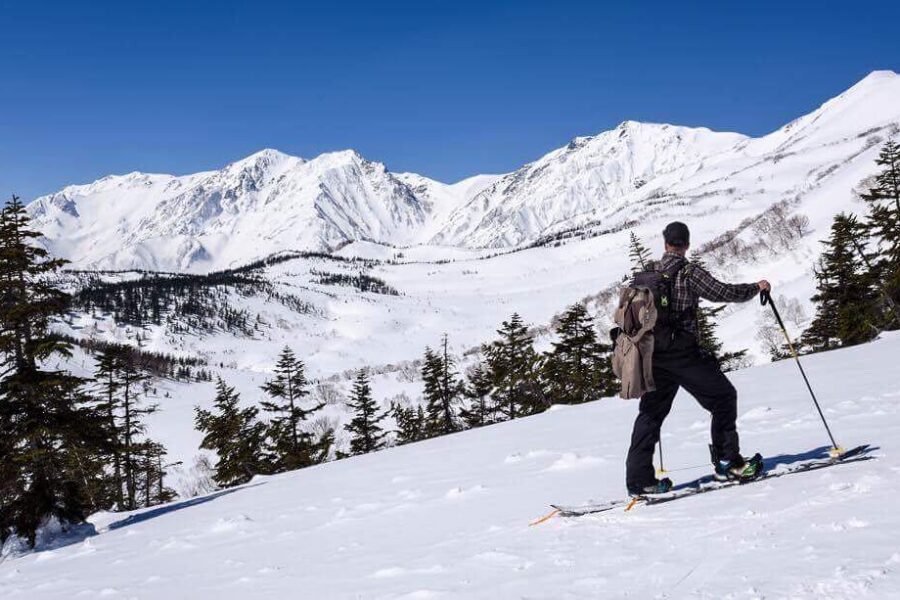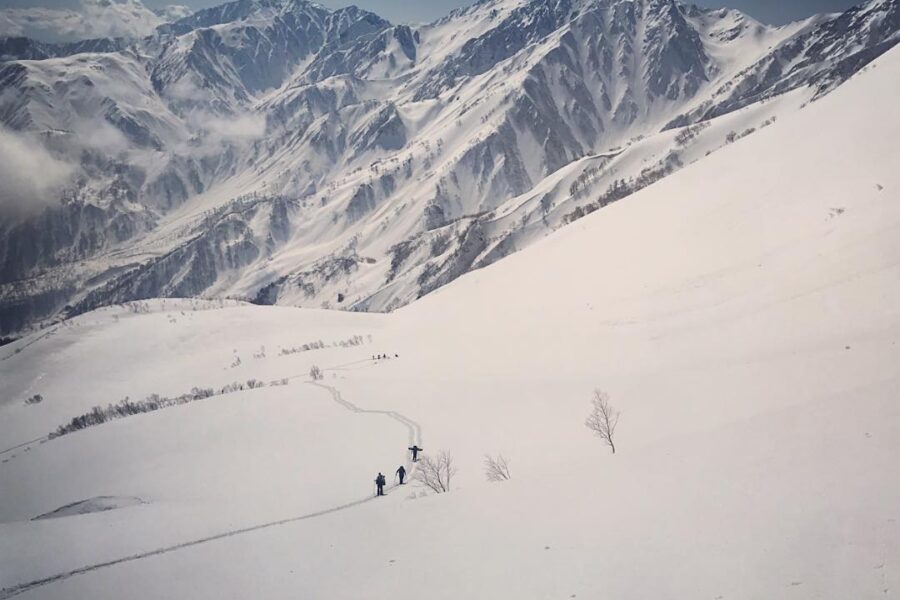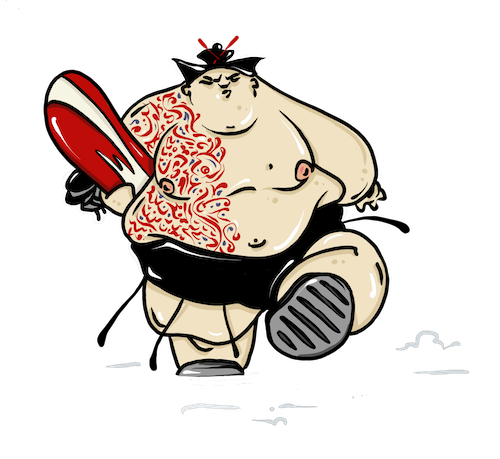Unless you’re seasoned to the incredible snow conditions of Hakuba, chances are you may end up wishing to spend a day of your holiday taking it easy, which we understand but we suggest you don’t take it too easy… there are a number of interesting and cultural sights near to Hakuba that can add a real touch of value and variety to your precious holiday.
We’ve listed them below with some useful information:
SNOW MONKEYS
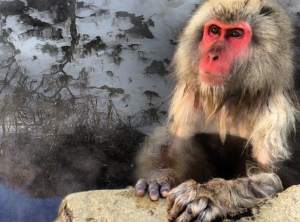
Open: 09:00 – 16:00, 7 days a week
Price: ¥500ad / ¥250ch (5-12yoa)
Getting there: 2 hour drive from The Phat House + 2km walk.
Things to take: Warm clothing, sensible walking shoes, camera
Around a 2-hour drive from The Phat House, is the Joshinetsu Kogen National Park. Upon reaching the edge of the park, a 2km walk through the forest (more like an enchanting and picturesque winter wonderland), brings you to the Jigokundani Hot Springs, an area abundant with natural hot springs. Jigokundani means ‘Hell’s Valley’ and is derived from the steam and boiling water that bubbles out of small crevices in the frozen ground. The hot springs are home to approximately 200 indigenous and loveable Japanese Macaques which are often referred to as Snow Monkeys because they inhabit areas where the ground is covered in snow for 4 months of the year.
At the Jigokundani Hot Springs, you can watch the monkeys soaking in the springs, taking their very own traditional Japanese Onsen, keeping warm during the harsh winter months. This is one of the only places in the world where you can witness this happening in the wild.
ZENKOJI TEMPLE
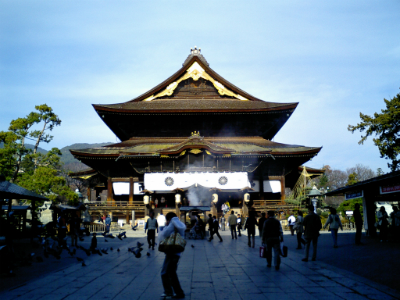
Open: Temple Precincts: open all day;
Kyozo (Sutra repository) & Zenkoji History Museum: 09:00 – 16:00;
Hondo (Main Hall), Inner Sanctuary & crypt passage visit: closes 16:00
Price: Naijin of the Hondo and/or O’Kaidan tour and/or Zenkoji History Museum: ¥500ad / ¥200ch.
Temple Precincts & Outer Sanctuary Gejin: No admission
Getting there: 1hr 15mins + drive
Things to take: A camera and warm clothes
Zenkoji temple, in Nagano, one of the most important and popular temples in all of Japan, is designated a national treasure. It has a 1400 year history and houses the first image of Buddha brought to Japan in the 7th Century. The streets surrounding the temple are especially attractive with charming lantern-lit shops and tiered-roof stalls.
FIRE FESTIVAL
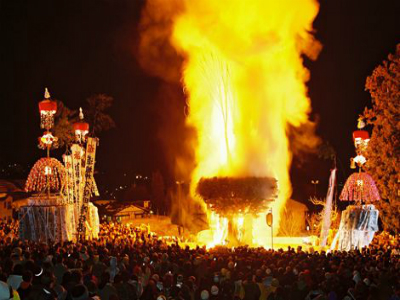
When: Once a year on January 15th.
Price: No admission
Getting there: 2 hour drive from The Phat House
Things to take: Not your best outfit
If you’re lucky enough to be in Hakuba on January 15th…. be sure not to miss the traditional Dosijin Fire Festival. It comes highly rated and recommended by your Phat House Crew!
One of Japan’s top rated festivals and one of the most popular events in the Nagano region (amongst Japanese locals and foreign tourists alike), is held just once a year in Nozawa Onsen. The festival is the celebration of an old tradition and is held to pray for good health, good fortune and a plentiful harvest for the year ahead.
The festival is the stage for the 25 and 42 year old men of the village, according to Japanese tradition, these ages are unlucky. Preparations made by men of these ages begins in October when trees are cut down from the nearby mountain. On January 13th, the trees are dragged through the village to what will become the central point of the main act.
It is here that over the next 2 days, it takes roughly 100 villagers to construct an 18m high wooden structure or Shaden which will become the focus of the festival.
On the night of January 15th, the streets are bustling with folk whom have come to relish in tradition or are simply looking for a good time. Cheap and warming hot Sake and snacks are served throughout the village, ensuring all are in for a great night. Whilst the crowds fill and warms their tummies, local villagers armed with burning torches of pine branch, wave them through the busy streets where slow and senseless standers by are swatted.
When it’s time, the 42year old men take position up the Shaden. Barging their way through the crowds, the 25year old men attack, trying to set fire to the base of the Shaden. An adrenaline fuelled frenzy ensues. After a resplendent and exciting battle, the Shaden eventually succumbs to the fire and everyone rejoices.
The whole experience is a delight to your senses. The smell of bonfire smoke, the burning sound of crackling, the sound and sight of joyous celebration, the flames providing wonderful warmth and light in the nights sky as the taste of sake slips down your throat.
The biggest and most exciting bon fire in the snow you’ll ever experience.
MATSUMOTO CASTLE
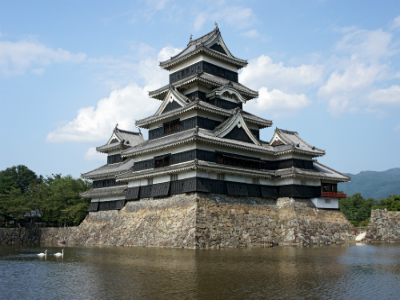
When: 08:30 – 17:00 (gates close at 16:30)
Closed: Dec and Jan
Price: ¥610ad / ¥300ch (includes entry into the Matsumoto City Museum)
Getting there: 1.5hr drive from The Phat House
Things to take: Warm clothes, admission fee, camera
The first thing you’ll notice about Matsumoto Castle is also what sets it apart from others…it’s exterior is black! Built in the 16th century, its nickname ‘Crow Castle’ is derived from this unique colour. The castle is a five storied donjon and is one of only four castles in Japan to be designated a national treasure.
Inside the castle are displays of Samurai armor and weapons dating to the Sengoku period (1467 – 1603). Views of the Japan Alps and Matsumoto City from within the castle are beautiful as is the exterior of the castle in the evening as it is illuminated.
Next door to the castle is the Matsumoto City Museum which has various displays that introduce history, folklore and local archaeology.
OBUSE
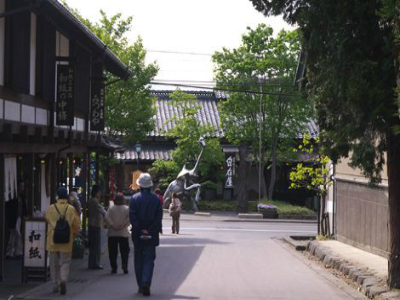
When: Hokusai Museum: 09:00 – 17:00 (last entry 16:30)
Price: Hokusai Museum: ¥500ad
Getting there: 1.5hr drive from The Phat House
Things to take: Camera
From The Phat House, en route to the Snow Monkeys at Jigokundani Hot Springs, lies the small but historic town of Obuse. Charming and attractive in itself, Obuse is renowned for its locally grown chestnuts and sake but the main attraction here is the outstanding Hokusai Museum. The museum is dedicated to preserving ukiyo-e woodblock print artist Katsushika Hokusai’s incredible work. Hokusai’s works are known to have influenced Vincent van Gogh, Claude Monet and other French impressionists.
Next to the museum is the beautifully preserved Sake Brewery of Masuichi.
